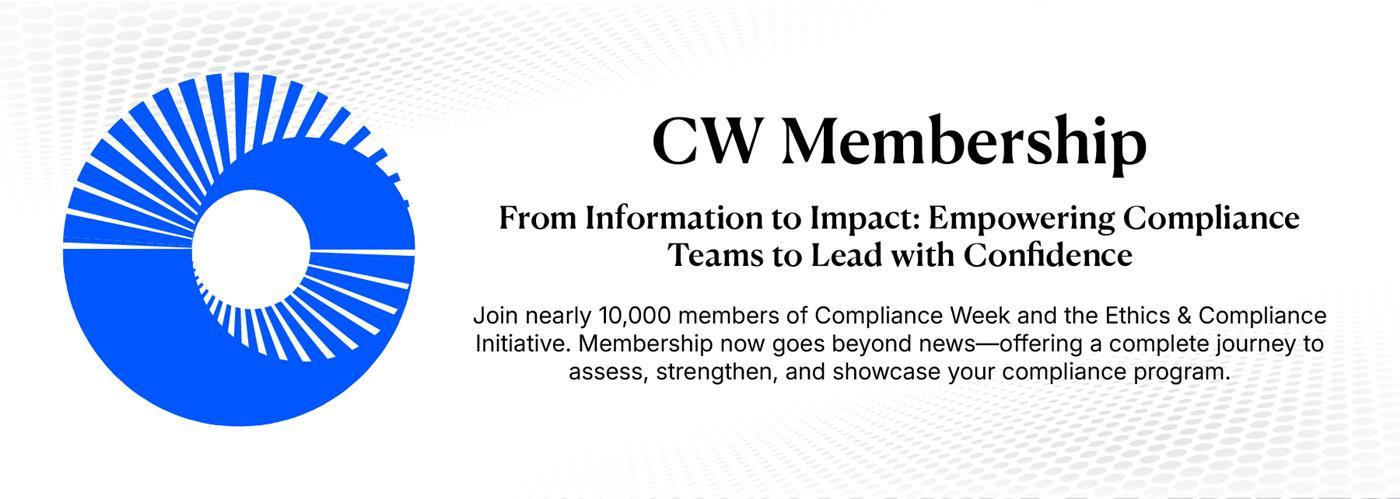Chapter 4: Carnival moves ethics and compliance to the fore

Two months after receiving the Department of Justice’s court order in June 2019, Carnival was able to tick off an important item from its to-do list: the hiring of a new chief ethics and compliance officer (CECO).
One of the court’s stipulations had been that Carnival appoint a new chief corporate compliance officer. Carnival did them one better: It found someone who could not only drive the movement of a centralized, enterprise-wide compliance department, but who also had big ideas about how to improve the ethical culture of the corporation. His name was Peter Anderson.
The emphasis on “ethics” in Anderson’s new job title, as well as in the corporate compliance department itself, was intentional. At least half of Carnival’s problems cited in court were ethics-based, according to Anderson. And if history repeating itself taught anything, it’s that the cause of Carnival’s problems may have been rooted in an ethical deficit all along. The solution had to be based on strengthening the corporate culture.
THIS IS MEMBERS-ONLY CONTENT
You are not logged in and do not have access to members-only content.
If you are already a registered user or a member, SIGN IN now.













